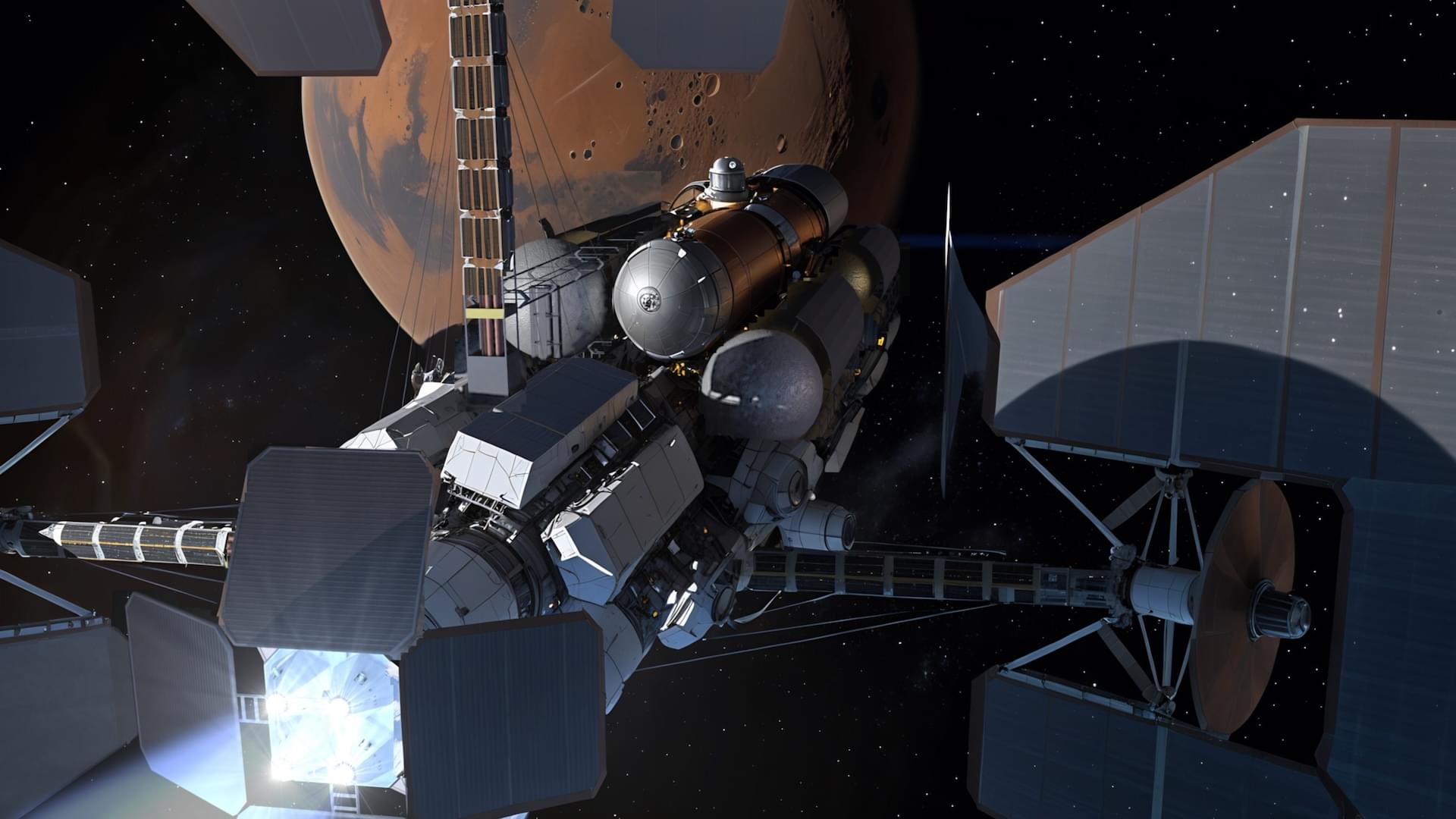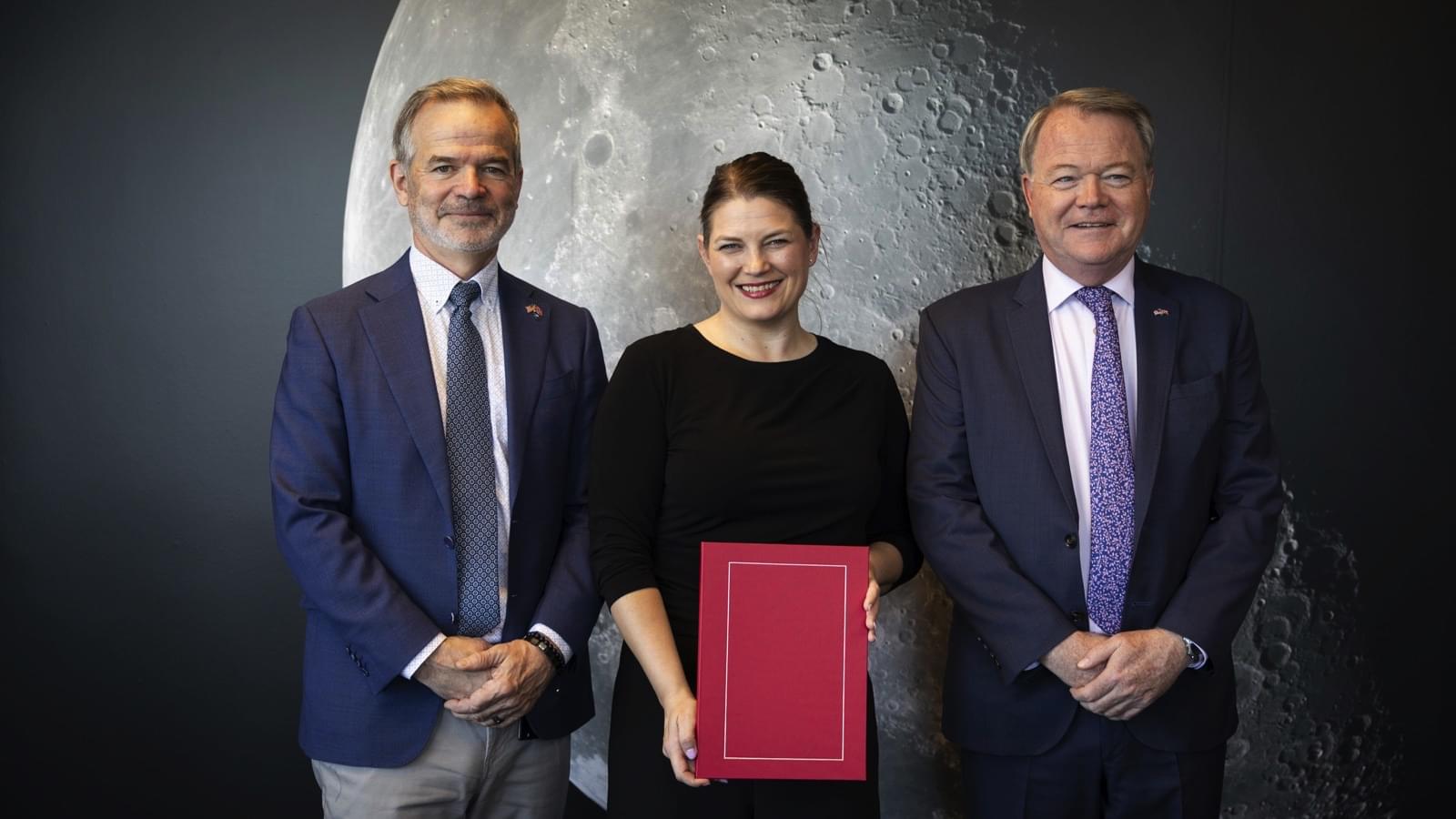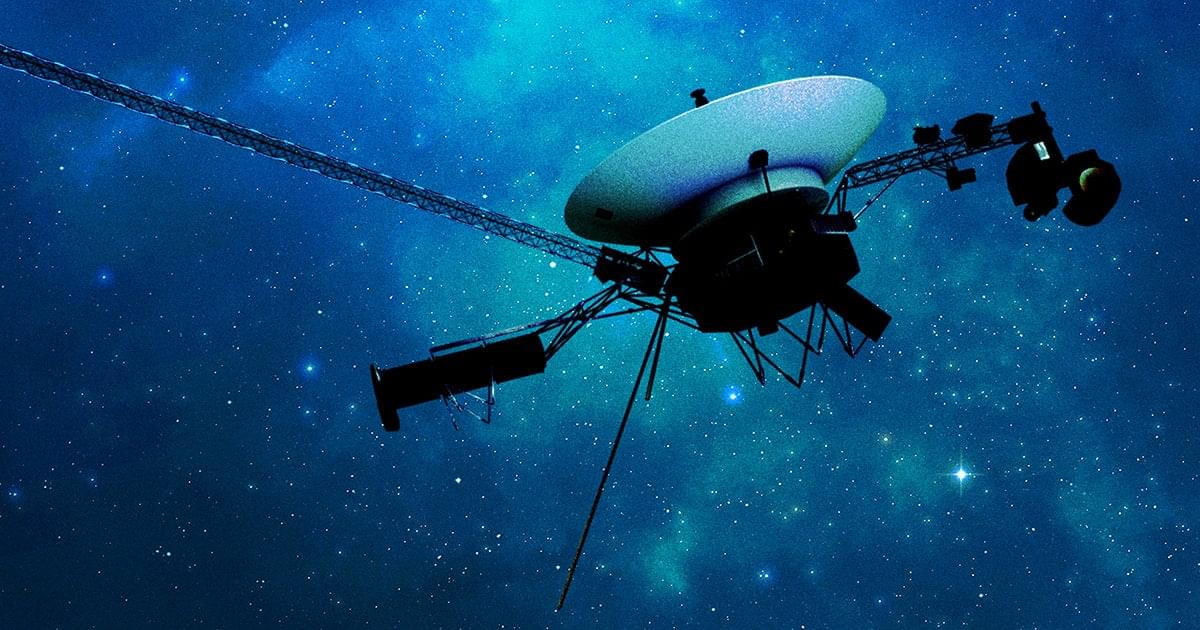DARPA announces new program, “Rads to Watts,” which looks to revolutionize humanity’s exploration and expansion of space.


In the year 2,525, humans, post-humans, and new species navigate a vast and vibrant future. Join us as we explore the lives, dreams, and struggles of a trillion-strong civilization.
Watch my exclusive video Antimatter Propulsion: Harnessing the Power of Annihilation — nebula.tv/videos/isaacarthur-a…ower-of-annihilation.
Get Nebula using my link for 40% off an annual subscription: go.nebula.tv/isaacarthur.
Get a Lifetime Membership to Nebula for only $300: go.nebula.tv/lifetime?ref=isaacarthur.
Use the link gift.nebula.tv/isaacarthur to give a year of Nebula to a friend for just $30.
Visit our Website: http://www.isaacarthur.net.
Join Nebula: https://go.nebula.tv/isaacarthur.
Support us on Patreon: https://www.patreon.com/IsaacArthur.
Support us on Subscribestar: https://www.subscribestar.com/isaac-arthur.
Facebook Group: https://www.facebook.com/groups/1583992725237264/
Reddit: https://www.reddit.com/r/IsaacArthur/
Twitter: https://twitter.com/Isaac_A_Arthur on Twitter and RT our future content.
SFIA Discord Server: https://discord.gg/53GAShE
Credits:
Life in 2525 A.D.
Episode 500; May 22, 2025
Written, Produced & Narrated by: Isaac Arthur.
Editors: Merv Johnson II & Thomas Owens.
Graphics:
Anthrofuturism.
Jarred Eagley.
Jeremy Jozwik.
Ken York YD Visual.
Space Resources CGI
Udo Schroeter.
Select imagery/video supplied by Getty Images.
Venus Aerospace had the first-ever U.S. flight test of a rotating detonation rocket engine (RDRE)—a next-gen propulsion technology that’s been theorized for decades, but never flown… until now. The Rotating Detonation Rocket Engine (RDRE) changes everything, and Venus is the first venture-backed aerospace company to bring the RDRE from concept to commercialization. RDREs are a breakthrough technology for rocket propulsion, which have the potential to offer several benefits over traditional rocket engines.

My telescope, set up for astrophotography in my light-polluted San Diego backyard, was pointed at a galaxy unfathomably far from Earth. My wife, Cristina, walked up just as the first space photo streamed to my tablet. It sparkled on the screen in front of us.
“That’s the Pinwheel galaxy,” I said. The name is derived from its shape—albeit this pinwheel contains about a trillion stars.
The light from the Pinwheel traveled for 25 million years across the universe—about 150 quintillion miles—to get to my telescope.

WASHINGTON — Virgin Galactic says production of its new suborbital spaceplanes remains on track to allow commercial flights to begin in the middle of next year as it contemplates restarting ticket sales.
The company spent much of a May 15 earnings call talking about the technical progress it has made in the assembly of its first Delta-class vehicles, or SpaceShips, in areas such as structures, propulsion and avionics.
“An enormous amount of work is taking place across our company as well as our key suppliers,” said Michael Colglazier, chief executive of Virgin Galactic, in the call. Earlier in the day, the company released a video highlighting current progress on the vehicle, and Colglazier said the company would start a regular series of updates on assembly in June.

WASHINGTON — Norway signed the Artemis Accords May 15, a sign that the new administration continues to advance the document outlining best practices for responsible space exploration.
Cecilie Myrseth, Norway’s minister for trade and industry, signed the Accords during an event at the headquarters of the Norwegian Space Agency in Oslo, attended by the head of the agency as well as the chargé d’affaires of the U.S. embassy there.
“This is an important step for enabling Norway to contribute to broader international cooperation to ensure the peaceful exploration and use of outer space,” Myrseth said in a statement.

There is a curious tension between the notion of information as zero dimensional and the very fabric of the universe that is measured in finite increments such as the Planck length, often considered the smallest meaningful unit of space (10⁻³⁵ m). From the day our earliest models of communication were formalized, theorists have wrestled with the idea that information might be weightless, formless, and without dimensional extension, even as all signals we use to transmit and store it require tangible, measurable structures. As a matter of conceptual elegance, zero-dimensional descriptions of information promise simplicity and universality, yet collide with the physical reality of a world that consists of definite quantum-scale granularity. While Gregory Bateson alluded to information as a “difference that makes a difference” (Bateson, 1972, p. 459), the question remains whether this difference is truly independent of spatial and temporal constraints, or forever bound to them in ways that challenge the zero-dimensional ideal.
When the classic figures of communication theory described the fundamentals of information, there was a sense that the symbol or “bit” itself was neither physical nor extended in space. Claude Shannon (1948) famously called the problem of communication one of “reproducing at one point either exactly or approximately a message selected at another point” (p. 379). Such an abstract conceptualization pushed any question of dimensional extension into the background, because the focus rested on logical patterns rather than the medium. Yet, even in these logical patterns, one finds references to signals, channels, and potential distortions that are inseparable from physical processes. A memory device — whether neural or silicon-based — still requires a physically instantiated substrate to encode these abstract messages. Norbert Wiener (1954), whose work helped launch cybernetics, was strikingly prescient when he declared, “Information is information, not matter or energy.

Tesla is developing a terawatt-level supercomputer at Giga Texas to enhance its self-driving technology and AI capabilities, positioning the company as a leader in the automotive and renewable energy sectors despite current challenges ## ## Questions to inspire discussion.
Tesla’s Supercomputers.
💡 Q: What is the scale of Tesla’s new supercomputer project?
A: Tesla’s Cortex 2 supercomputer at Giga Texas aims for 1 terawatt of compute with 1.4 billion GPUs, making it 3,300x bigger than today’s top system.
💡 Q: How does Tesla’s compute power compare to Chinese competitors?
A: Tesla’s FSD uses 3x more compute than Huawei, Xpeng, Xiaomi, and Li Auto combined, with BYD not yet a significant competitor. Full Self-Driving (FSD)